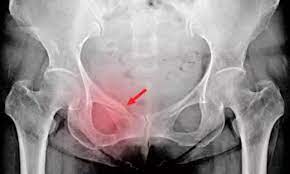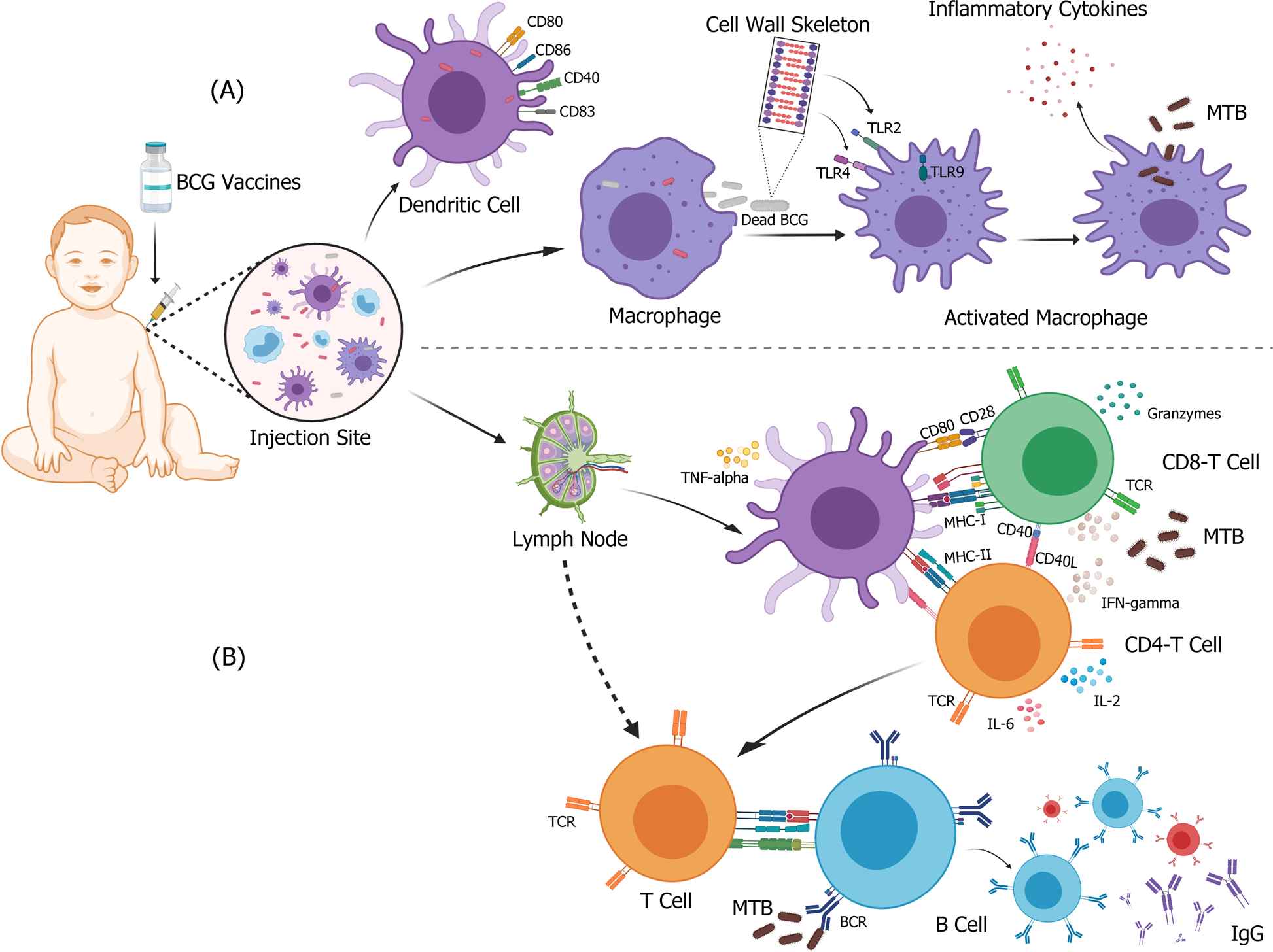With the continuous development of science and technology, artificial intelligence (AI) has gradually penetrated into various fields, including the medical field. In the medical field, fractures and hip fractures are common conditions that have a significant impact on patients' health and quality of life. This article will explore the application of artificial intelligence in the diagnosis and treatment of hip fractures and fractures, and look forward to future development trends.
In the medical field, the application of artificial intelligence has gradually deepened. It uses big data analysis to provide doctors with more accurate diagnosis and personalized treatment plans. The application of artificial intelligence has also achieved remarkable results in the diagnosis and treatment of hip fractures and bone fractures.
Hip fractures refer to fractures that occur around the hip joint. Common types include femoral neck fractures and intertrochanteric fractures. The main causes of hip fractures include osteoporosis, falls and traffic accidents. To diagnose a hip fracture, doctors usually use imaging tests such as X-rays and CT. Treatment measures include conservative treatment and surgical treatment, and the specific plan is based on the specific situation of the patient.
A fracture is a break in the continuity of a bone, usually caused by trauma. Diagnostic methods for fractures mainly include X-ray examination and CT examination to determine the type and location of the fracture. Treatment measures include manual reduction, plaster immobilization, surgical reduction, etc. The specific plan should be based on the patient's specific situation and fracture type. In order to improve the effect of fracture healing, doctors usually use some new treatment methods, such as shock wave therapy and electromagnetic therapy.
The application of artificial intelligence has achieved remarkable results in the diagnosis and treatment of hip fractures and bone fractures. For example, AI can quickly and accurately diagnose bone fractures and hip fractures by analyzing patient X-rays and CT scans. In addition, artificial intelligence can also provide doctors with more accurate and personalized surgical plans, thereby improving the accuracy and effectiveness of surgery.
In short, the application of artificial intelligence in the diagnosis and treatment of hip fractures and fractures provides doctors with more accurate and personalized treatment basis and methods, improving treatment effects and patient satisfaction. In the future, with the continuous development and improvement of artificial intelligence technology, its application prospects in the medical field will be even broader.
Looking to the future, the application of artificial intelligence in the medical field will be more extensive and in-depth. As the amount of data and algorithms continue to increase and improve, AI will be able to more accurately diagnose and treat a variety of conditions, including hip fractures and bone fractures. At the same time, artificial intelligence will also provide doctors with more efficient and convenient medical services and support, thereby greatly improving the level and efficiency of medical care.
In short, the application of artificial intelligence in the diagnosis and treatment of hip fractures and fractures has broad prospects and will bring revolutionary changes and development to the medical field. We should actively explore and research the application of artificial intelligence in the medical field to better serve patients and society.


